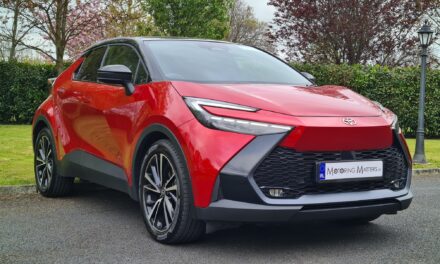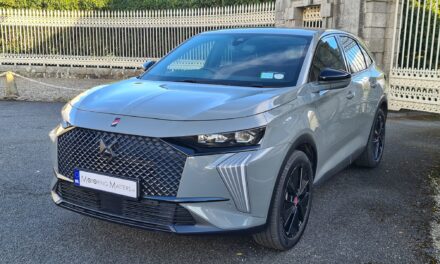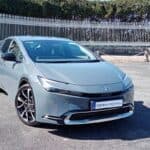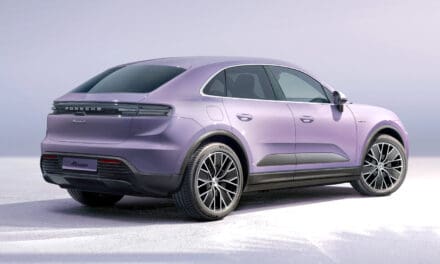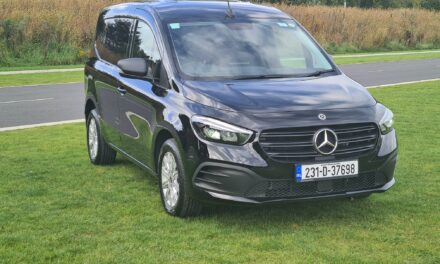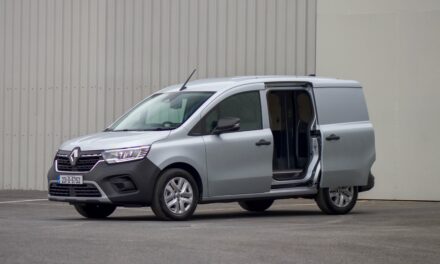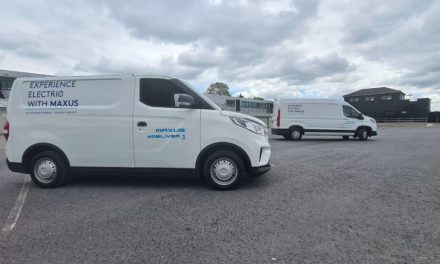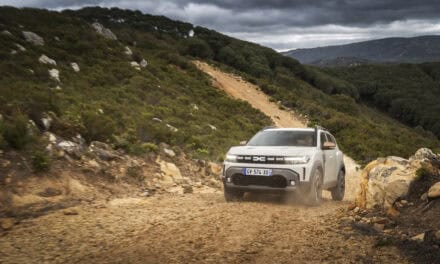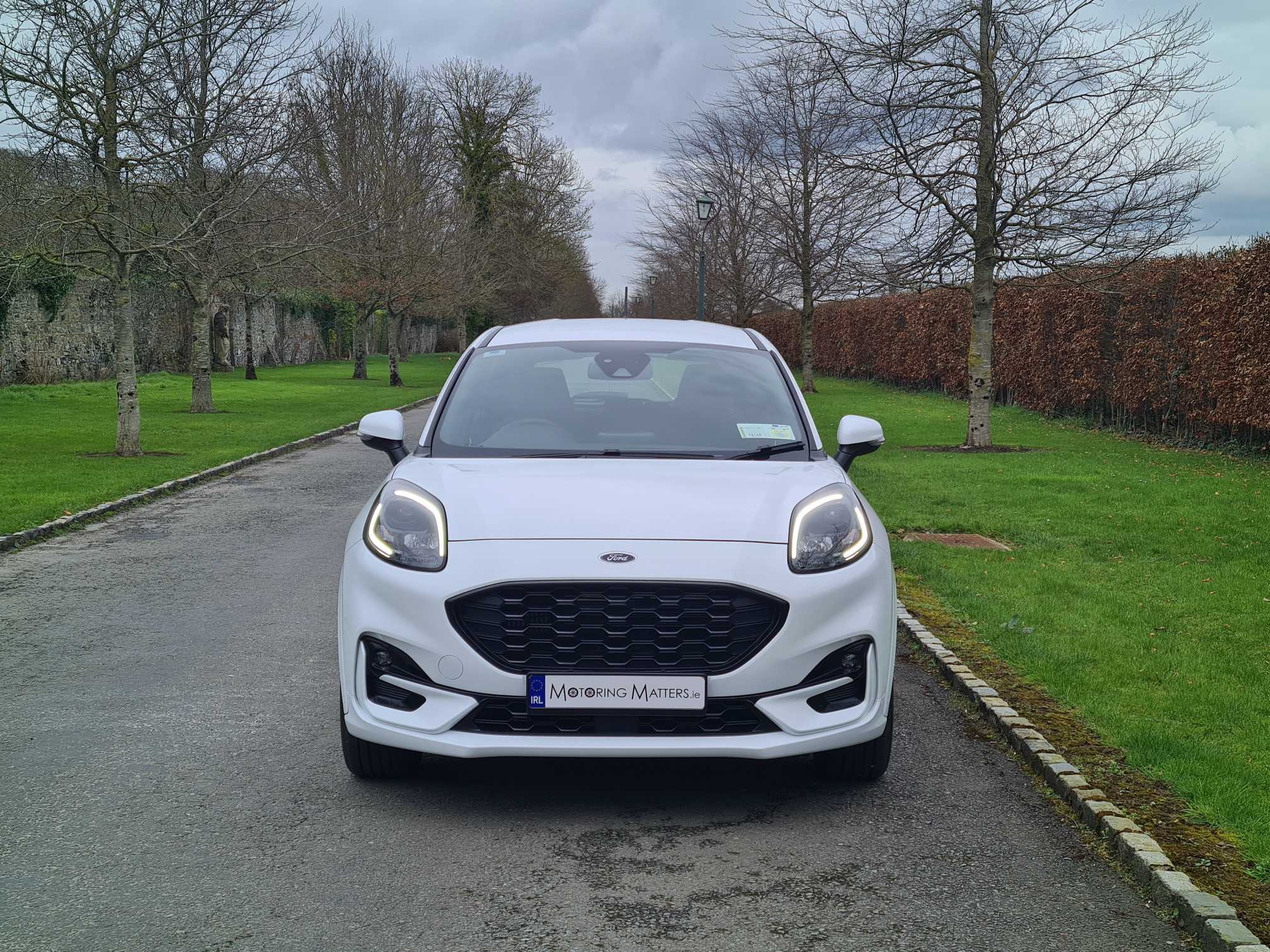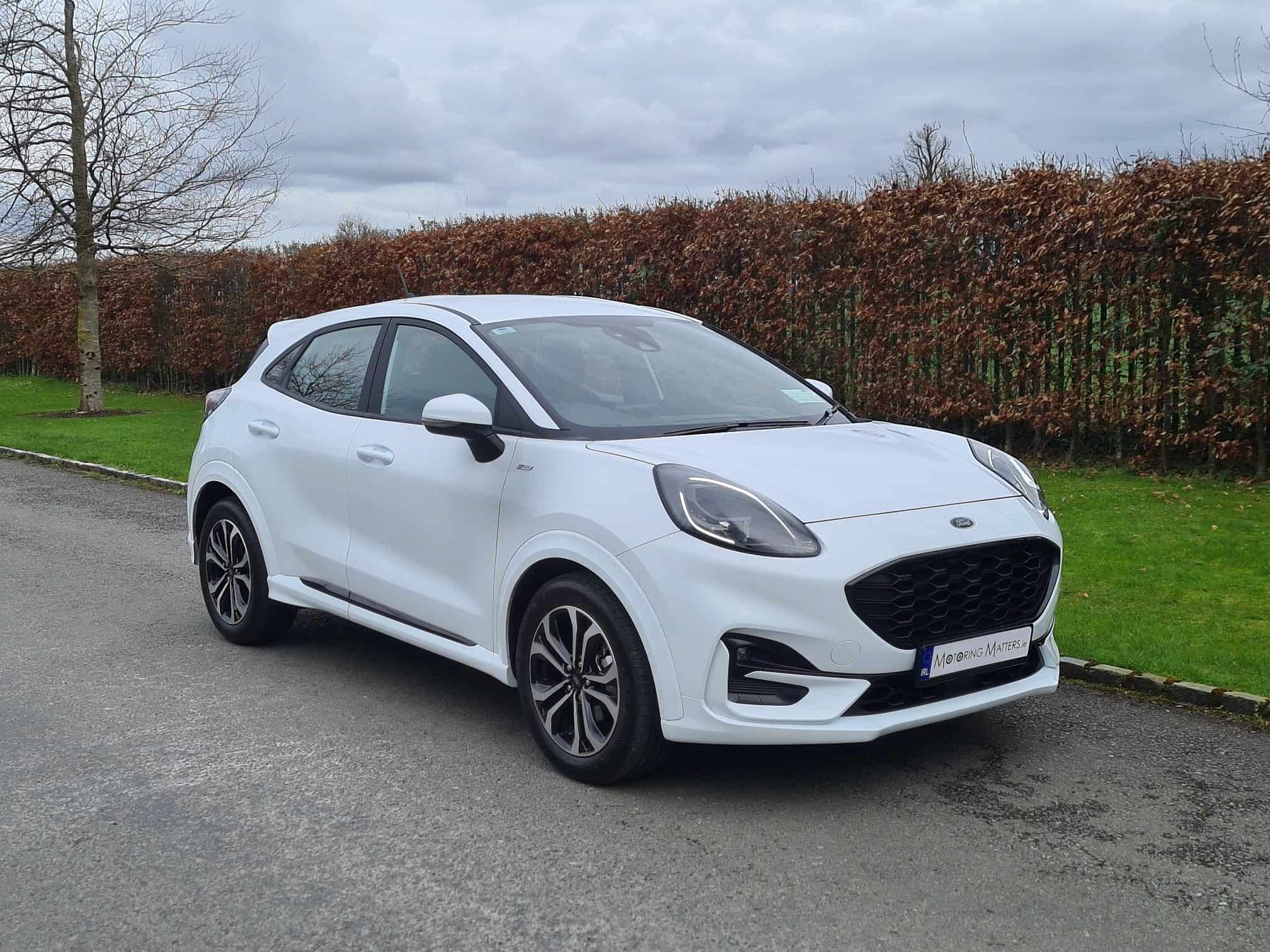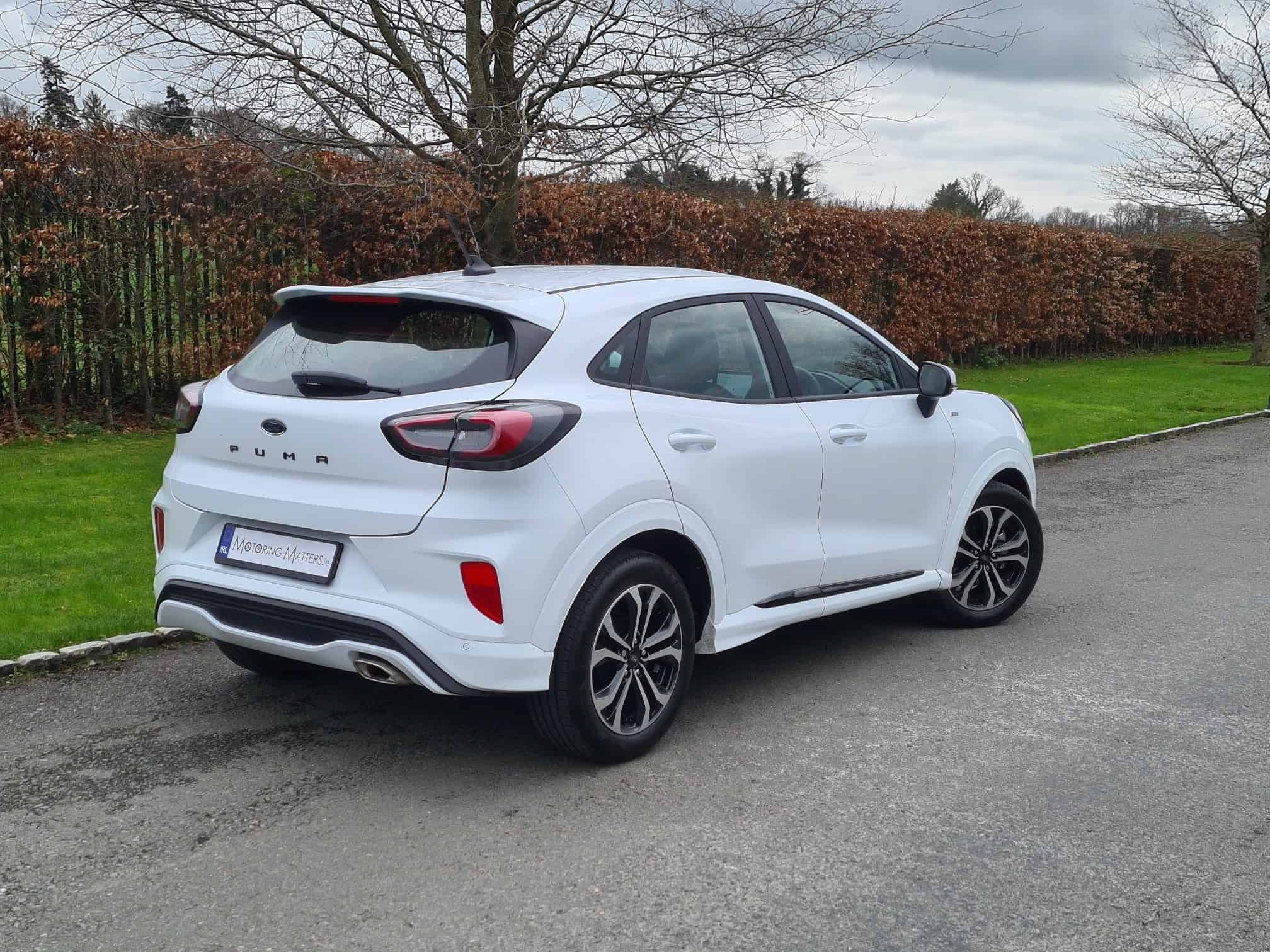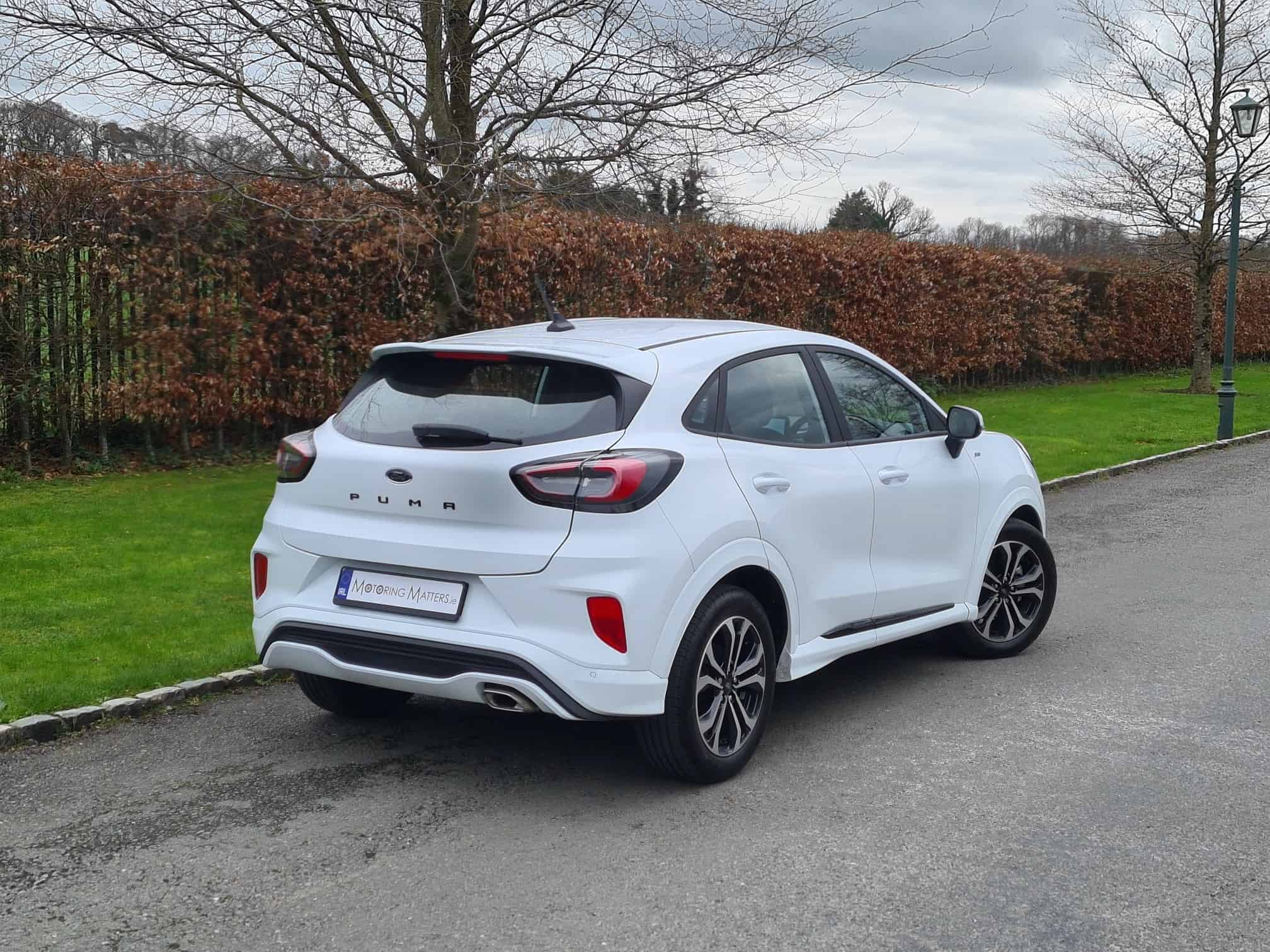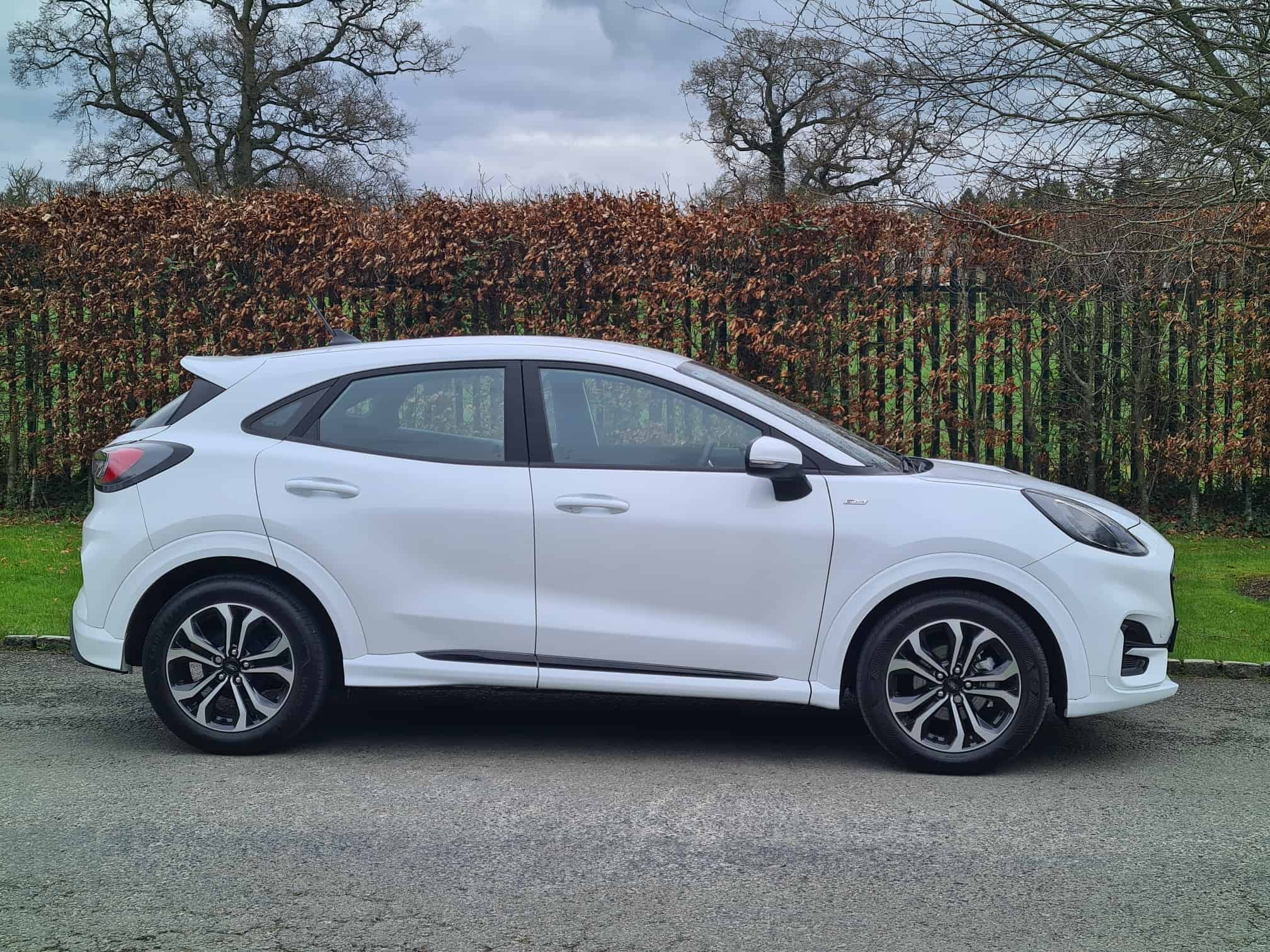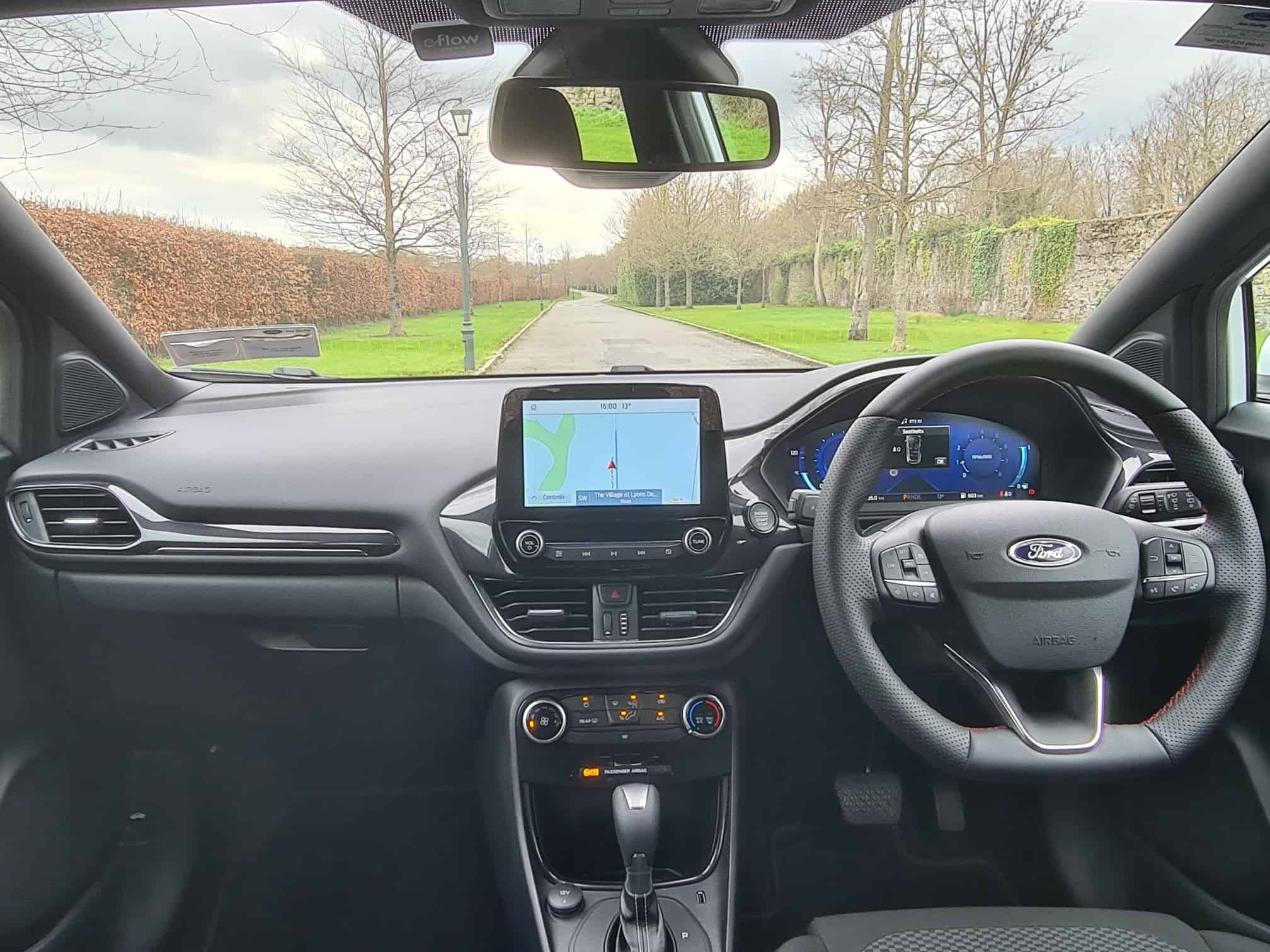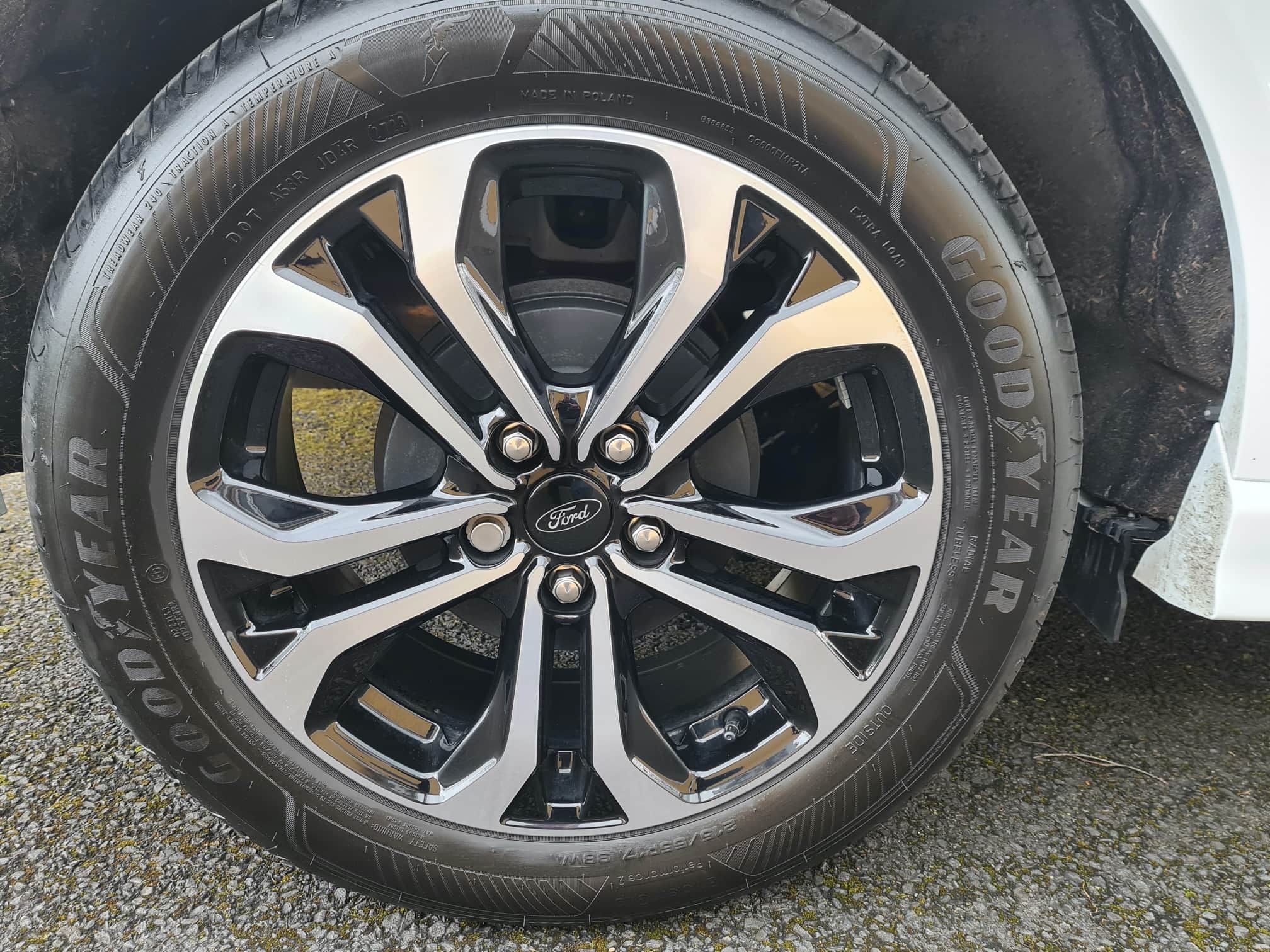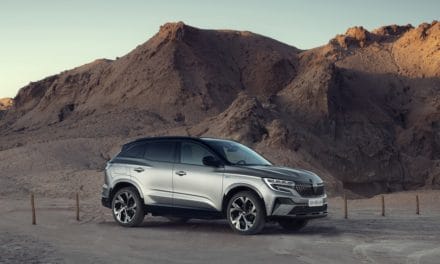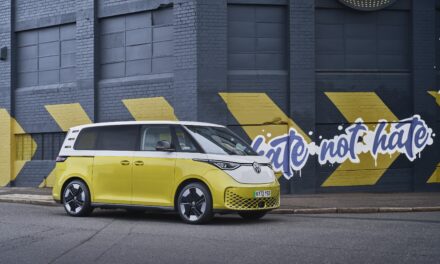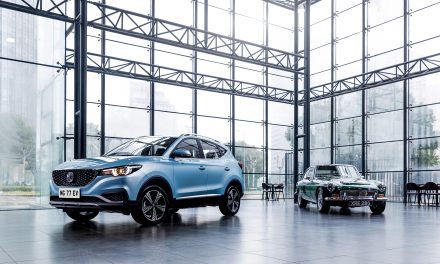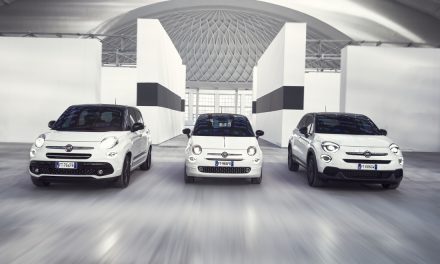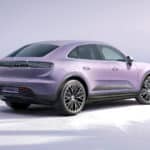
Ford Puma is Driven by Style.
Ford Puma is Driven by Style.
Back in the 1990’s the original Ford Puma was a small and very fashionable coupe built on the underpinnings of the Fiesta at the time, and it was powered by modest engines. It was only sold in Europe from 1997 until 2001, but in that time had built up a loyal following. The iconic Puma nameplate reappeared in 2020, but on a compact SUV this time around, rather than a small and sporty coupe. Although still based on the underpinnings of the latest Fiesta, the new Puma is a considerably larger vehicle with a substantially larger cabin, and it is Ford’s rival to the likes of the Nissan Juke, Renault Captur, VW T-Cross and the Skoda Kamiq/Karoq.
Technologically-Advanced.
The Puma’s track widths have been increased over the Fiesta’s by 58mm on both axles, to a Focus-matching 1562mm, while the rear torsion-beam suspension is adapted to suit the Puma’s mass and physicality. It’s longer by 146mm, wider by 71mm, taller by 54mm and possesses a 95mm-longer wheelbase than its Fiesta sibling, which results in more cabin space, a higher driving position and a really big boot. The Puma’s curvy body, confident front grille and signature high mounted headlights make it look purposeful and athletic. Powering the Puma is Ford’s popular 1.0-litre, 123bhp (125PS), three cylinder EcoBoost petrol engine with mild hybrid technology (mHEV) to improve fuel efficiency. A 6-speed manual gearbox comes as standard but a 7-speed automatic is also available. The Puma has a more technologically-advanced and luxurious feel than the Fiesta, and the main 8-inch infotainment touchscreen is easy to read and intuitive to use, while the materials used within the cabin look and feel suitably durable to sustain the demands of modern family life.
Ford ‘MegaBox’ Practicality.
The boot space in the Puma measures in at 456-litres, while extra practicality comes courtesy of an 80-litre waterproof storage box (which Ford calls MegaBox). Ingeniously, this MegaBox is essentially a storage space lined with waterproof and hard-wearing plastic, and has a drain plug at the bottom to release any liquid residue. Even without the MegaBox the Puma’s boot is a practical space, with an uninterrupted one-metre width and a moveable floor that offers either maximum space, or a large flat load space with the seats folded. The parcel shelf is flexible and attached to the tailgate, so it doesn’t get in the way or require any hinges in the load space that would eat into storage, and it can carry a weight of up to 565kg.
Specification Options.
The Puma is available in a choice of five specifications – Titanium, ST-Line, ST-Line X, ST Line Vignale, and the sporty ST variant. Standard specification across all trim levels is impressive, with even the entry-level Titanium model coming with such key features as 17-inch machined alloy wheels, projector headlamps with LED daytime running lamps, auto high beam, LED rear lamps, Pre-Collision Assist with Autonomous Emergency Braking, 8-inch SYNC touchscreen with Navigation and FordPass Connect modem, Android Auto™ and Apple CarPlay™, keyless start, rear parking sensors, electronic air-conditioning, Quickclear heated windscreen, Lane Keeping Aid, Lane Departure Warning, selectable drive modes (Normal, Eco, Sport, Slippery & Trail), wireless charging, cruise control with adjustable speed limiter, and a rear spoiler. Stepping up to the Puma ST-Line will add ST-Line sports body kit, large rear spoiler, fog lamps with cornering feature, ST-Line sports exhaust, sport suspension, 12.3-inch digital instrument cluster, dark sports headliner, flat-bottom steering wheel, and alloy pedals and gear knob, while the ST-Line X model also features 18-inch matt black alloy wheels, SYNC ‘Gen 3’ 8-inch touchscreen with navigation & B&O premium sound system, partial leather sports trim, rear privacy glass, and a shark fin antenna. For the last word in luxury, the range-topping ST-Line Vignale model comes with premium Sensico seat upholstery, heated front seats, heated steering wheel, high chrome waistline, unique Vignale-style upper grille and surround, and fixed LED signature headlamps, while the full-fat Puma ST comes with body styling and engine enhancements befitting a performance car that wears its Ford Performance badge with pride.
Test Car.
My test car was a Ford Puma ST-Line 1.0-litre EcoBoost (mHEV) 7-speed automatic, which was finished in Frozen White paintwork, and was fitted with an optional Parking Pack that consists of Active Park Assist, Front Parking Sensors, and a Rear View Camera. With the sweet-revving petrol engine producing 123bhp and 210Nm of torque, the 0-100km/h sprint can be completed in just 9.6-seconds, while fuel consumption as low as 5.7l/100km’s is achievable on a WLTP combined driving cycle, with annual road tax costing just €210. The Puma’s mild hybrid technology (mHEV) enhances the 1.0-litre EcoBoost petrol engine with an 11.5 kW belt-driven integrated starter/generator (BISG). Replacing the standard alternator, the BISG enables recovery and storage of energy usually lost during braking and coasting to charge a 48-volt lithium-ion air-cooled battery pack. The BISG also acts as a motor, integrating with the engine and using the stored energy to provide torque assistance during normal driving and acceleration, as well as running the vehicle’s electrical ancillaries. Sharing many parts with the dynamic Fiesta ensures that the Puma is equally as thrilling to drive on a motorway as it is on a twisty back road, while the inclusion of the very latest safety technology provides occupants with peace of mind on every journey. Like the Fiesta, it’s ahead of the competition in the way it corners, with little in the way of body lean, and it is also good to drive around town, thanks to its impressive visibility and tight turning circle. Like the Fiesta upon which it is based, the Puma was awarded a full five stars when tested by Euro NCAP.
Pricing & Verdict.
Since its launch in 2020, the reborn Puma has been a consistent big-selling car for the Ford brand in Ireland – and deservingly so. It is fun to drive, practical and very economical, thanks to the addition of mild-hybrid technology. The Puma is a very impressive car with strong cornering ability and a dignified ride quality which is hard to match in its class, while the interior is cleverly designed, as well as being nicely furnished. Pricing for the Ford Puma Titanium starts at just €30,240.
Visit www.ford.ie for further information.

